Burton
Laboratory
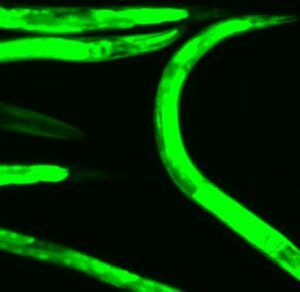
Maternal Effects on Metabolism and Host-Microbe Interactions
The Burton Lab has long been interested in how the environment impacts an individual’s physiology and disease susceptibility. Within this broad field, the lab focuses on understanding the molecular mechanisms that mediate two different types of environmental impacts on physiology — the impact of a mother’s environment on offspring physiology and the impact of the microbiome on physiology. Through a better understanding of these interactions, we aim to develop new ways to prevent or treat diverse human pathologies with a particular focus on metabolic diseases.
Maternal environment and its impact on offspring physiology
Adapting to environmental stress is fundamental to survival. Most organisms use dedicated stress signaling pathways to sense environmental challenges and mount tailored responses. For most of the 20th century, it was believed that any tailored stress response elicited by such signaling pathways was confined to an individual and not passed from one generation to the next. To put it another way, each generation was thought to “reset” and start with a blank informational slate about current environmental conditions. However, there is growing evidence that some environmental information is transmitted across a generational boundary. For example, silk moths can sense summer temperatures >21°C and alter hormone signaling to oocytes, which in turn modifies future progeny metabolism in a way that protects the offspring from the onset of winter. Similar observations from diverse taxa (worms, flies, mice) support the hypothesis that animals — including mammals — can adaptively transmit certain types of information about the environment to their progeny without altering the offspring’s genome sequence.
Among the many different types of multigenerational adaptations to stress that have been reported to exist, my lab focuses on observations where maternal exposures to specific stresses leads to substantial (>two-fold) increases in offspring survival in response to the same stress. In many such cases, across diverse types of animals, these robust adaptations to stress appear to be transmittable via oocytes, like the silk moth example above. These similar findings across many different species have led my lab to hypothesize that oocytes have unique and evolutionarily conserved mechanisms to link a mother’s environment to programmed changes in offspring physiology. The long-term goal of my lab is to identify the mechanisms that exist in oocytes that can link a mother’s environment to robust and long-lasting changes in offspring physiology. We anticipate that similar effects not only exist in humans, but that our studies might explain why a mother’s environment has been linked to her offspring’s susceptibility to numerous different pathologies in human epidemiological studies.
Microbiome regulation of animal physiology
Bacteria present in a human’s gut microbiome can both promote and protect against numerous diseases. Despite these observations, studies of the molecular mechanisms by which bacteria affect physiology remain challenging in complex mammalian model microbiomes that comprise hundreds of different bacterial species. The costs of maintaining germ-free models and the difficulties of working with complex microbial communities have further complicated the use of high-throughput approaches to study host-microbe interactions in mammalian model systems.
The model animal C. elegans, by contrast, can easily and cheaply be grown in the presence of a single bacterial species. We are now using this advantage of C. elegans to rapidly profile how tens of thousands of different bacteria can affect animal physiology with a particular focus on their effects on models of human disease. This includes identifying new bacteria that modify animal physiology and identifying the mechanisms by which bacteria drive these effects. In the long-term, we anticipate that we can exploit the mechanisms by which bacteria modify animal physiology to treat human pathologies. In addition, we propose that our work will allow us to determine if similar bacterial mechanisms exist in the bacteria that colonize human microbiomes and potentially contribute to human disease susceptibility.
Join Our Team
We are continually seeking highly motivated individuals to join the lab! Interested candidates should email Dr. Burton at [email protected]. Open positions also are posted on VAI’s Careers page.
Recent News & Press
Learn More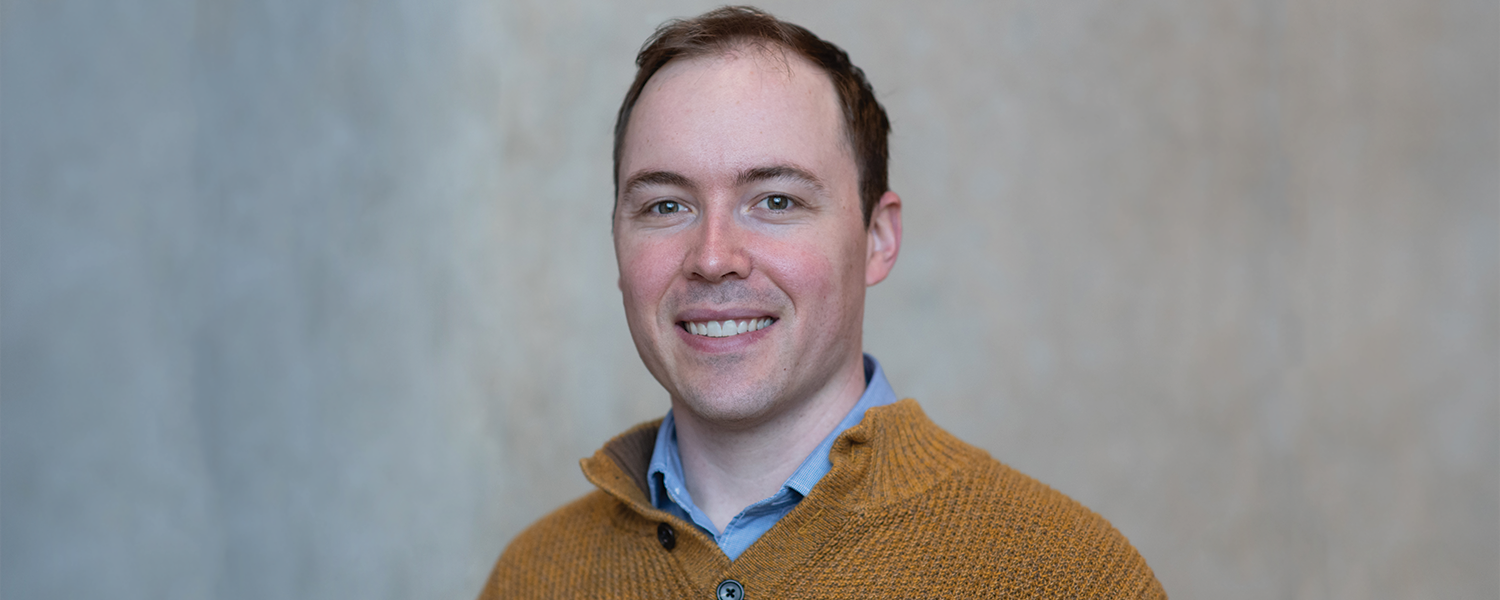
Van Andel Institute scientist awarded $2.9 million to tackle insulin resistance, a driver of Type 2 diabetes
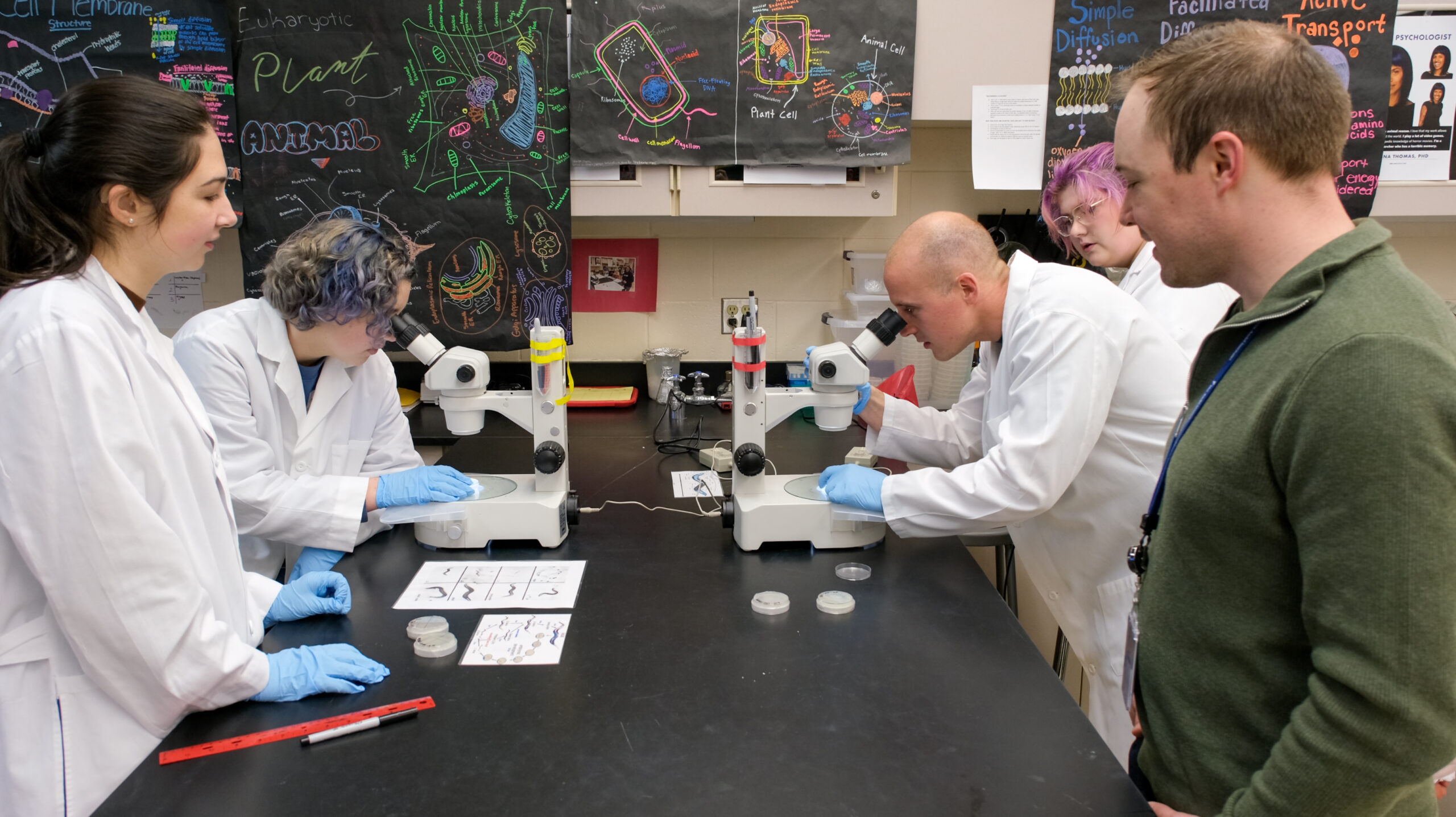
Could backyard bacteria and hungry worms help solve a central problem in Type 2 diabetes?
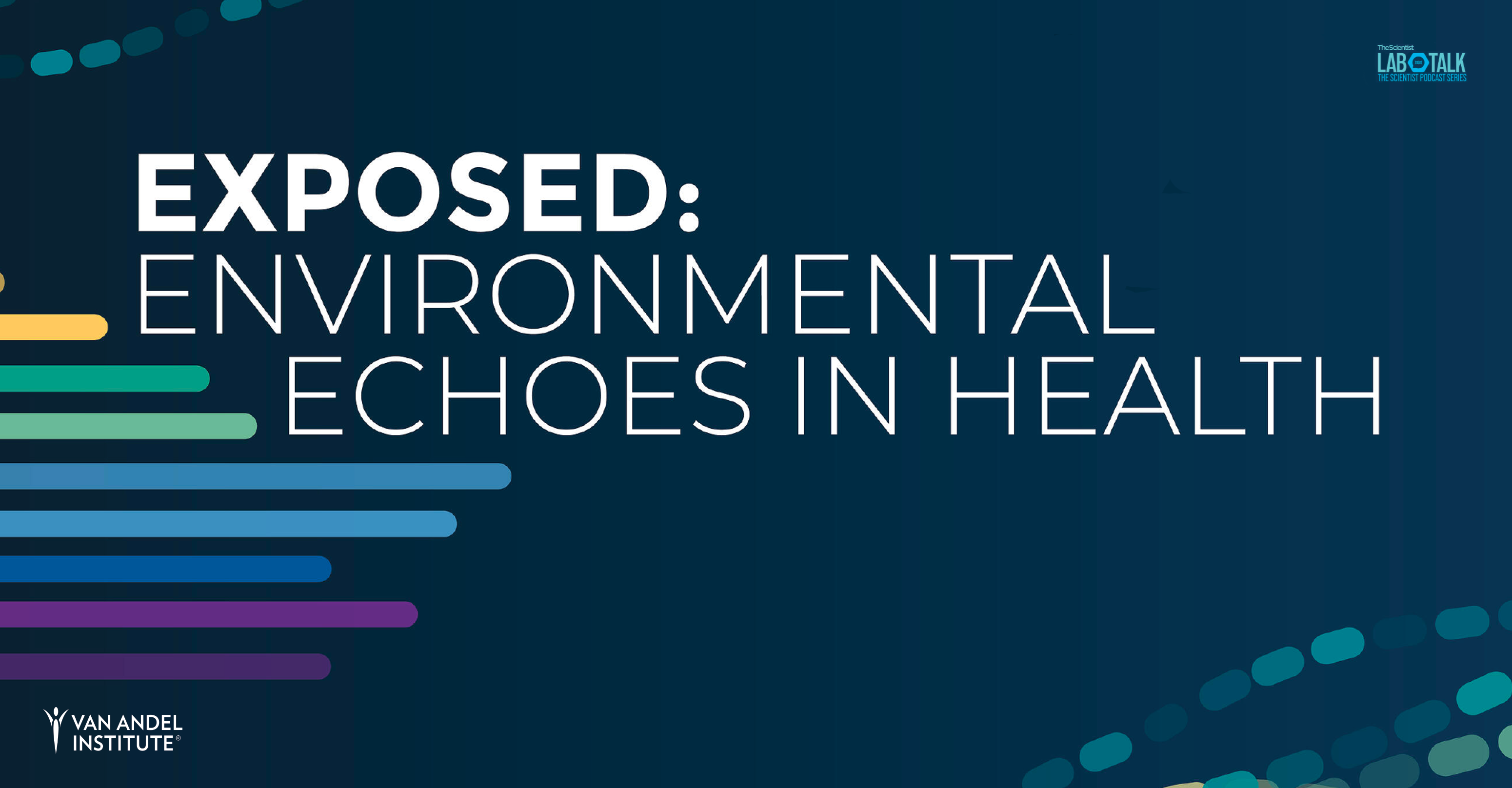
Van Andel Institute, The Scientist launch podcast mini-series on health and the environment
Our Impact
We’re raising thousands to save millions.
We’re turning hope into action for the millions of people around the world affected by diseases like cancer and Parkinson’s. Find out how you can help us make a difference.
- 121 peer-reviewed papers published in 2023
- 62 peer-reviewed papers published in high-impact journals in 2023
- 55 clinical trials launched to date
Nick Burton, Ph.D.
Assistant Professor, Department of Metabolism and Nutritional Programming
Areas of Expertise
Metabolism, intergenerational inheritance, C. elegans, host-microbe interactions
Biography
Dr. Nick Burton explores two main topics: How a mother’s environment impacts offspring metabolism and how microbiome bacteria can influence animal health. Both of these projects have a particular interest in insulin signaling with a long-term aim of preventing the onset of human pathologies associated with insulin signaling such as Type 2 diabetes. He earned a B.S. in biology from University of Wisconsin-Madison, where he worked in the labs of both Dr. Anna Huttenlocher and Dr. Scott Kennedy. He was then awarded a graduate research fellowship from the National Science Foundation (NSF) and earned a Ph.D. in biology from Massachusetts Institute of Technology, where he studied under the mentorship of Dr. H. Robert Horvitz. As part of his dissertation work, Dr. Burton sought to develop new paradigms to study the mechanisms by which parental environment regulates offspring physiology. In 2017, he joined the Centre for Trophoblast Research at University of Cambridge as an independent Next Generation Fellow. While there, he investigated how environmental bacteria can affect development, physiology, metabolism and neuronal function of individuals and their offspring. In 2021, he joined Van Andel Institute as an assistant professor in the Department of Epigenetics; in 2023, he joined the Institute’s Department of Metabolism and Nutritional Programming.
Selected Publications
Cooper JF, Nguyen K, Gates D, Wolfrum E, Capan C, Lee H, Williams D, Okoye C, Wojtovich AP, Burton NO. Preprint. Oocyte mitochondria link maternal environment to offspring phenotype. Res Sq.
Gómez-Escribano A, Mora-Martínez C, Roca M, Walker DS, Panadero J, Sequedo MD, Saini R, Knölker HJ, Blanca J, Burguera J, Lahoz A, Canizares J, Millán JM, Burton NO, Schafer WR, Vázquez-Manrique RP. 2023. Changes in lipid metabolism driven by steroid signalling in modulate proteostasis in C. elegans. EMBO Rep 24:e55556.
Burton NO. 2023. A mother to offspring metabolic link. Nat Cell Biol 25:1083–1084.
Lampersberger L, Conte F, Ghosh S, Xiao Y, Price J, Jordan D, Matus DQ, Sarkies P, Beli P, Miska EA, Burton NO. 2023. Loss of the E3 ubiquitin ligases UBR-5 or HECD-1 restores Caenorhabditis elegans development in the absence of SWI/SNF function. Proc Natl Acad Sci USA 120(5):e2217992120
Cooper JF, Wang X, Burton NO. 2022. Genetics: A cross-kingdom evolutionary handoff. Curr Biol 32(22):R1262–R1286.
Burton NO, Greer EL. 2022. Multigenerational epigenetic inheritance: Transmitting information across generations. Seminar Cell Develop Biol. 127:12-132.
Burton NO*, Willis A, Fisher K, Braukmann F, Price J, Stevens L, Baugh LR, Reinke AW, Miska EA. 2021. Intergenerational adaptations to stress are evolutionarily conserved, stress specific, and have deleterious trade-offs. eLife 10:e73425.
*Corresponding author
Chandrasekaran V*, Desai N*, Burton NO*, Yang H, Price, J, Miska EA#, Ramakrishnan V#. 2021. Visualising formation of the ribosomal active site in mitochondria. eLife 10:e68806.
*Equal contribution
Burton NO*, Riccio C, Dallaire A, Price J, Jenkins B, Koulmann A, Miska EA. 2020. Cysteine synthases CYSL-1 and CYSL-2 mediate C. elegans heritable adaptation to P. vranovensis infection. Nat Commun 11:1741.
*Corresponding author
Escribano APG, Bono-Yague J, Roca M, Panadero J, Sequedo MD, Saini R, Knoelker HJ, Blanca JM, Burguera JA, Lahoz A, Canizares J, Millan JM, Burton NO, Vazquez-Manrique R. 2019. Multiple hormonal signalling pathways function cell-nonautonomously to control protein homeostasis in Caenorhabditis elegans. bioRxiv.
Burton NO*, Dwivedi VK, Burkhart KB, Kaplan REW, Baugh LR, and Horvitz HR*. 2018. Neurohormonal signalling via a cytosolic sulfotransferase controls insulin sensitivity of C. elegans. Nat Commun 9(1):5152.
*Co-corresponding author
Burton NO, Futura T, Webster AK, Kaplan REW, Baugh LR, Arur S, Horvitz HR. 2017. Insulin-like signalling to the maternal germline controls progeny response to osmotic stress. Nat Cell Biol 19(3):252–257.
Featured in: Kaneshiro KR and Strome S. 2017. Inheritance of protection from osmotic stress. Nat Cell Biol
Mushegian AA. 2017. An insulin-like message from mother. Sci Signal
Burton NO, Burkhart KB, Kennedy S. 2011. Nuclear RNAi maintains heritable gene silencing in C. elegans. Proc Natl Acad Sci USA 108(49):19683–19688.
Guang S, Bochner AF, Burkhart KB, Burton NO, Pavelec DM, Kennedy S. 2010. Small regulatory RNAs inhibit RNA polymerase II during the elongation phase of transcription. Nature (7301):1097–1101.
Cortesio CL, Chan KT, Perrin BJ, Burton NO, Zhang S, Zhang ZY, Huttenlocher A. 2008. Calpain 2 and PTP1B function in a novel pathway with Src to regulate invadapodia dynamics and breast cancer cell invasion. J Cell Biol 180(5):957–971.
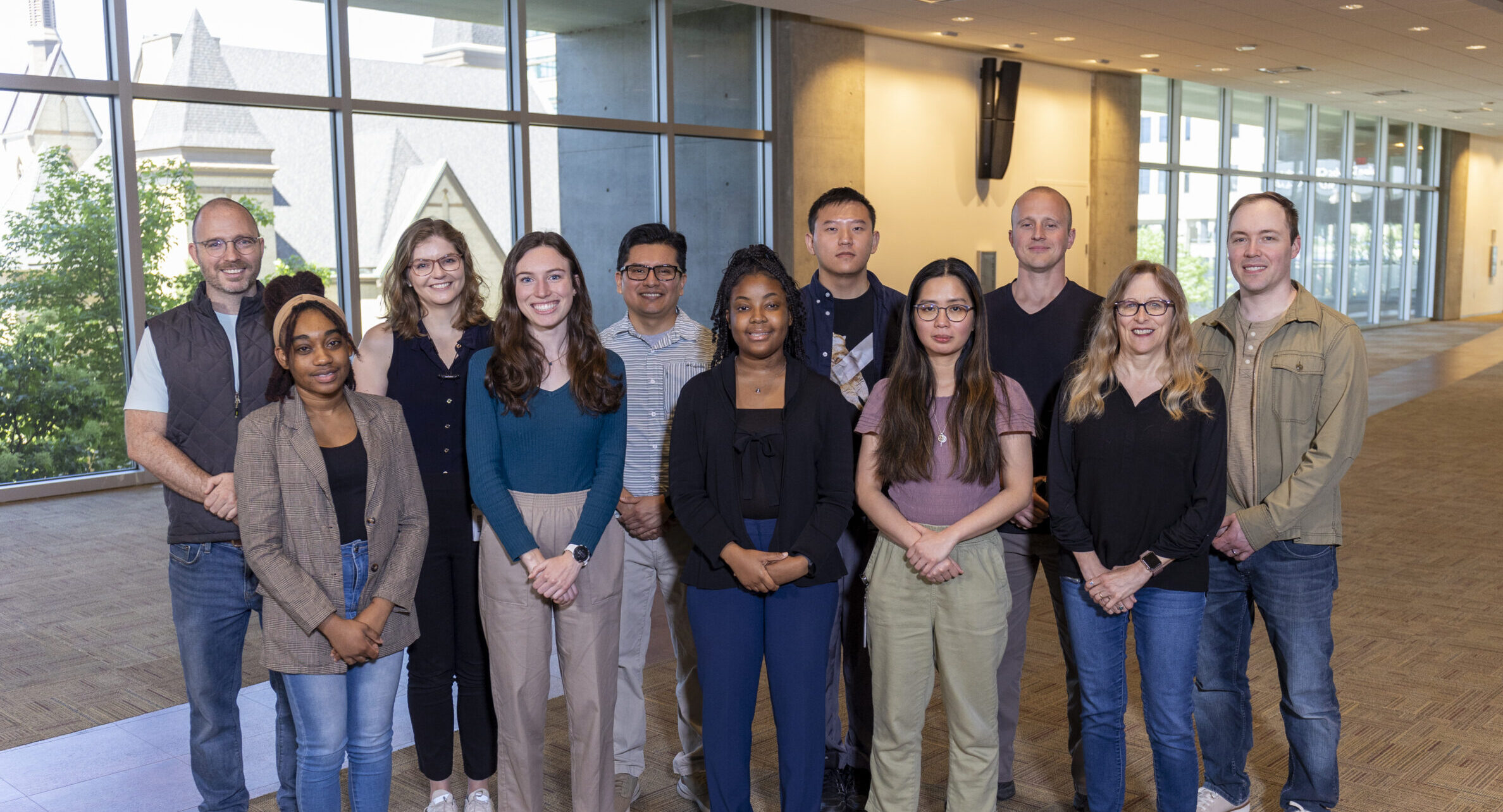

Margene Brewer, M.S.
Senior Administrative Assistant I, Department of Metabolism and Nutritional Programming

Jason Cooper, Ph.D.
Research Scientist, Department of Metabolism and Nutritional Programming


Darrick Gates, B.S.
Research Technician, Department of Metabolism and Nutritional Programming

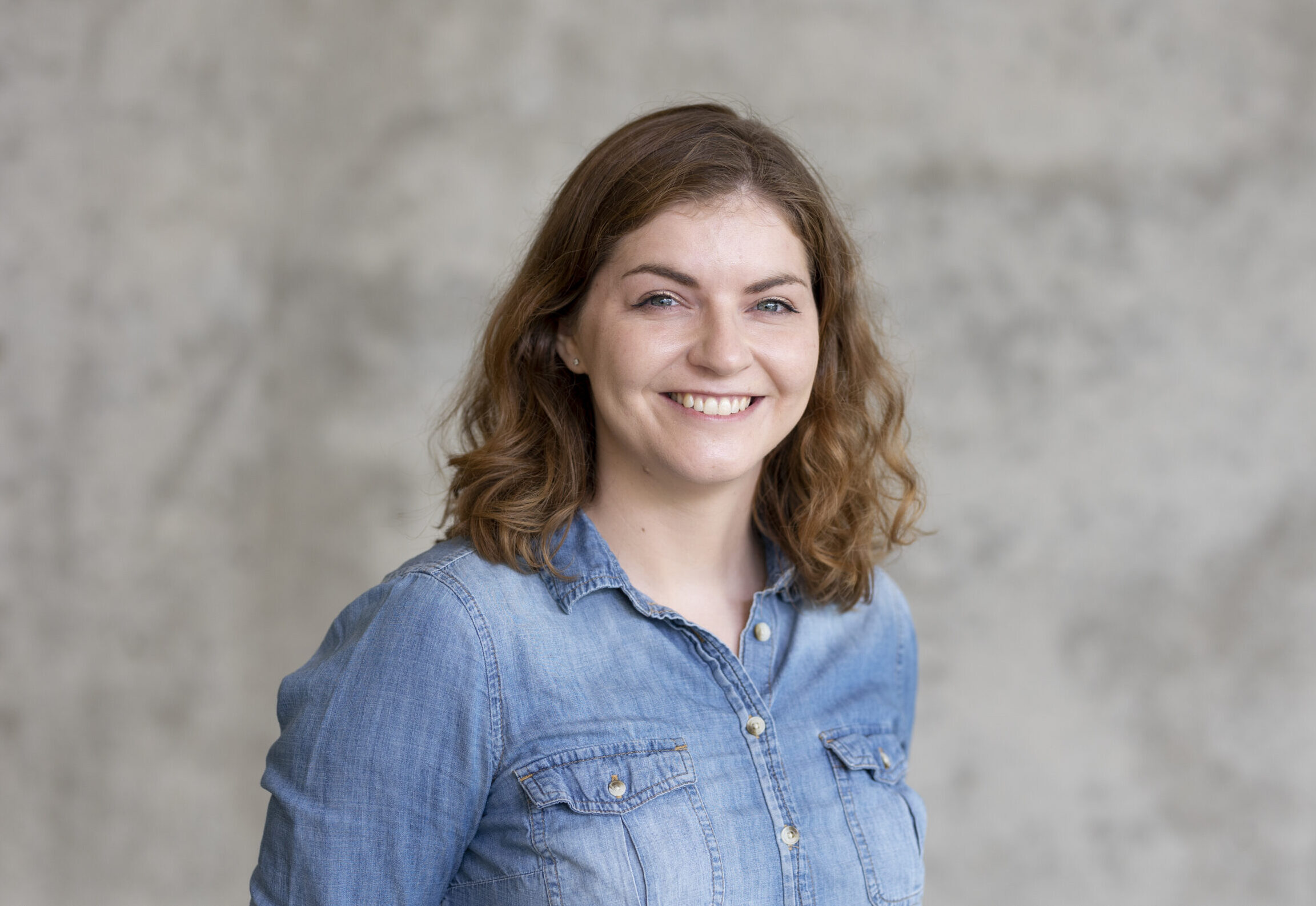

Kim Nguyen, B.S.
Research Technician, Department of Metabolism and Nutritional Programming

Xiao Wang
Ph.D. Candidate, VAI Graduate School
Thesis project title to be determined
Could backyard bacteria and hungry worms help solve a central problem in Type 2 diabetes?
Van Andel Institute scientists teamed up with a trio of intrepid students from Lowell High School to collect soil samples from around West Michigan in the hopes of finding microbes that might help solve a key mechanism underlying Type 2 diabetes.
Hands-on experiments create a love for science
WOOD-TV’s Maranda stopped by to see the partnership firsthand as students from Lowell High School engaged in a science experiment focusing on helpful bacteria.
